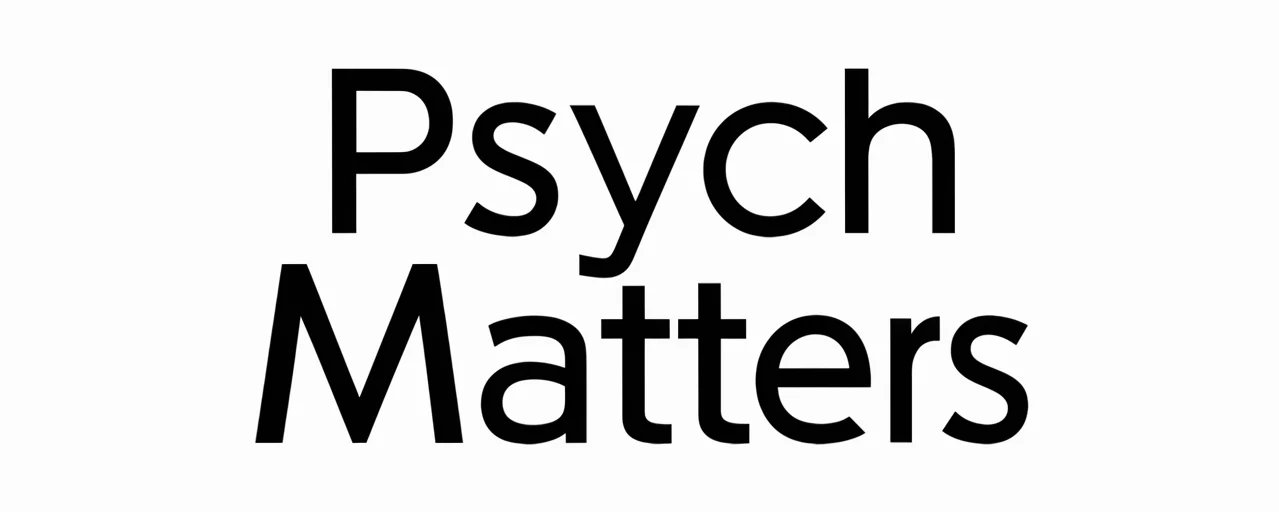Navigating the Mind’s Frontier: The Psychology of Curiosity and Exploration
Curiosity Unlocked: Answering Your Quest
Curiosity is a fundamental driver of human behavior, underpinning our desire to learn, explore, and innovate. It propels both spontaneous inquiries and deliberate quests for knowledge, bridging the emotional allure of the unknown with the cognitive processes required to make sense of it. Understanding the psychology behind human curiosity and exploration offers insights into not just how we acquire knowledge, but why we persist in seeking it despite uncertainty and potential risk.

Defining Curiosity: Traits and States
Psychological research conceptualizes curiosity as both a transient motivational state and a more stable personality trait. As defined in cognitive and behavioral psychology literature, curiosity encompasses:

- Recognition of knowledge gaps – the awareness of missing information or incomplete understanding.
- Desire for novel information – seeking out new stimuli or perspectives.
- Exploratory behavior – active engagement with unfamiliar environments or topics.
Langevin’s (1971) classification distinguishes between behavioral states of curiosity—momentary responses to stimuli—and personality attributes that reflect a persistent, intrinsic motivation to learn. Loewenstein’s (1994) information gap theory further explains curiosity as arising when individuals perceive a gap between what they know and what they want to know, prompting action to reduce that gap.
Under the Hood: Brain Circuits of Curiosity
Neuroscience research has revealed that curiosity engages a distributed network of brain regions. According to findings reviewed in neuroimaging studies of curiosity:

- The anterior cingulate cortex and anterior insula become active during uncertain or information-seeking states, reflecting cognitive and emotional processing of novelty and ambiguity.
- The striatum and nucleus accumbens, key components of the brain reward circuits, are activated when curiosity is satisfied, linking information acquisition to reward-related dopamine release.
- The hippocampus supports enhanced learning and memory during high-curiosity states, even for incidental, unrelated material.
This neural interplay underscores curiosity as an intrinsic motivation mechanism, centered on uncertainty reduction, novelty seeking, and reward anticipation. Dopamine release during the discovery process reinforces learning and promotes further exploration.
From Question to Discovery: Curiosity-Driven Exploration
Curiosity fuels the exploration drive essential in learning psychology and scientific inquiry. The process typically follows:

- Recognition of an information gap.
- Engagement in active information seeking or problem solving.
- Integration of new knowledge into existing cognitive structures.
Curiosity-driven learning supports metacognitive strategies, deeper processing of information, and greater knowledge transfer. Studies show that when learners operate in a state of elevated curiosity, they not only retain more information but also develop better problem-solving skills, aligning with principles from cognitive psychology and the concept of flow state.
Curiosity in Connection: Social and Well-Being Benefits
Curiosity extends beyond cognitive gains, promoting psychological well-being and interpersonal connection. Research on the social and emotional benefits of curiosity indicates that highly curious individuals often exhibit:

- Greater psychological flexibility and resilience in the face of challenges.
- Enhanced emotional awareness and empathy in social interactions.
- Increased life satisfaction through autonomy, belonging, and meaningful connections.
By fostering mutual understanding and shared discovery, curiosity strengthens community bonds. These social mechanisms suggest that curiosity is not only a cognitive asset but a foundational element of human social functioning and happiness.
Mapping New Terrain: Curiosity in Spatial Exploration
The influence of curiosity extends into physical navigation and spatial learning. Recent studies in spatial exploration and mapping demonstrate that individuals with higher curiosity levels explore new environments more thoroughly and develop more accurate cognitive maps. This form of exploratory behavior highlights:
- A link between epistemic curiosity and effective environmental scanning.
- Improved ability to adapt navigation strategies to changing contexts.
- Transference of spatial exploration benefits to abstract problem-solving domains.
Such findings broaden the scope of curiosity research, illustrating its role in both intellectual engagement and practical survival skills.
Embracing the Unknown: A Curiosity Blueprint
Integrating findings across cognitive psychology, neuroscience, and behavioral research suggests a blueprint for nurturing curiosity:
- Encourage question generation – foster environments that reward inquiry over rote answers.
- Maintain optimal challenge – balance novelty and complexity to sustain engagement without inducing overload.
- Leverage social interaction – promote collaborative exploration to deepen understanding and motivation.
- Utilize feedback loops – provide timely, constructive feedback that reinforces the reward association of discovery.
By understanding the psychological and neurological bases of human curiosity, we can intentionally cultivate it to enhance learning motivation, creative thinking, and well-being—ultimately navigating the mind’s frontier with purpose and adaptability.







